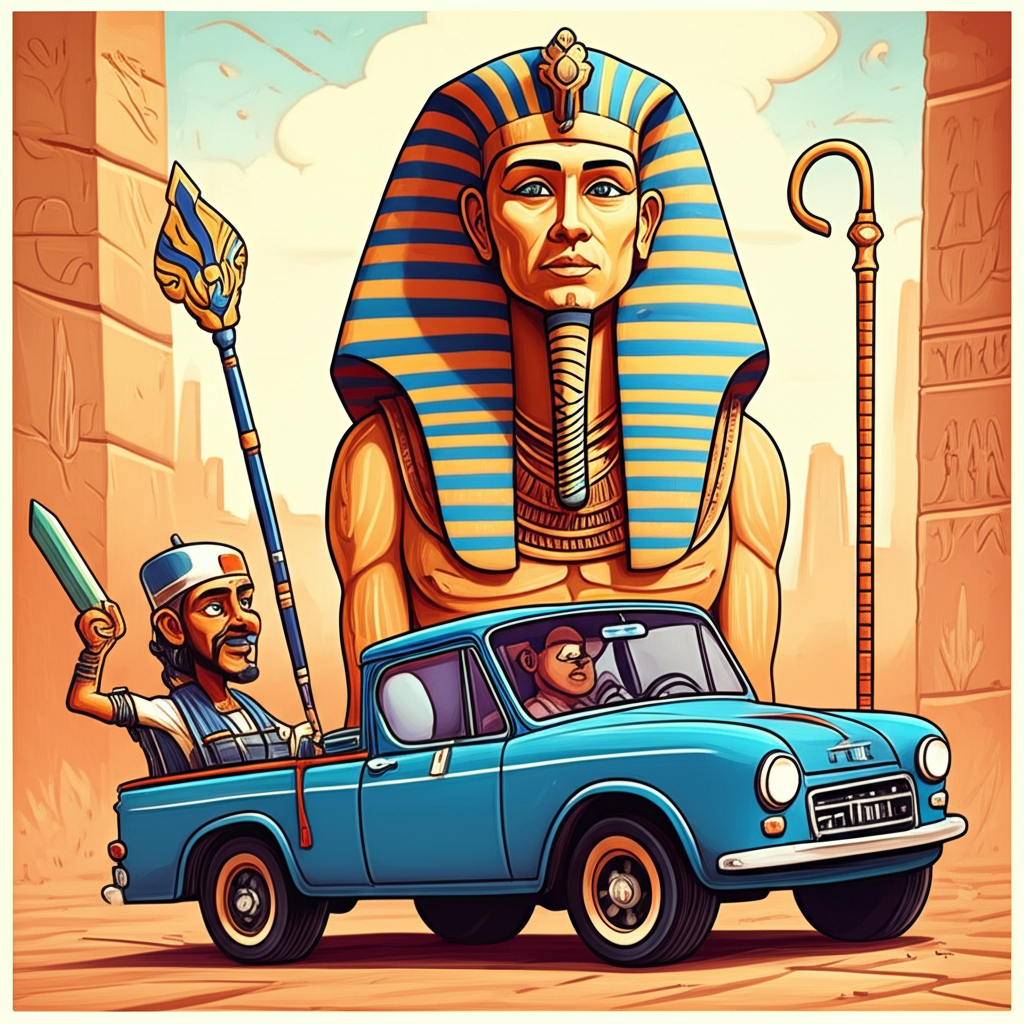
The ancient sands of Egypt, stretching back millennia, have long been fertile ground for stories that whisper of the divine, the mysterious, and the profound. Among these tales, passed down through generations by scribes, priests, and common folk, is the legend of the Sphinx, particularly its potent manifestation within the shadowy realm of Duat. It is crucial to understand that these are narratives born from the human imagination, attempts to grapple with the unknown, and not factual accounts. For us today, these stories offer a window into the worldview of a civilization long past, a tapestry woven from their understanding of life, death, and the cosmos.
The origins of the Sphinx myth are deeply rooted in the cultural milieu of ancient Egypt, a civilization that flourished along the life-giving Nile River for thousands of years. This was a society where the natural world held immense power and significance. The predictable flooding of the Nile, the scorching desert sun, the vast, starry sky – all these elements were imbued with divine presence. Their worldview was cyclical, mirroring the sun’s daily journey from east to west and the annual inundation of the Nile. Death was not an end but a transition, a journey into an underworld where one’s deeds were judged. It was within this context of reverence for nature, a belief in the afterlife, and a constant quest to understand their place in the universe that the complex symbolism of the Sphinx began to take shape.
The Sphinx, in its most iconic form, is a creature of awe-inspiring paradox. Typically depicted with the body of a lion and the head of a human, it embodies a fusion of brute strength and intellectual prowess. The lion, a predator king of the desert, symbolizes power, royalty, and ferocity. The human head, often regal and serene, represents wisdom, consciousness, and the divine connection. In its Egyptian context, the Sphinx was often associated with the sun god Ra, particularly in his dawn aspect, emerging from the darkness. Its imposing stature and enigmatic gaze were not merely artistic choices; they were intended to evoke a sense of profound mystery and guardianship. It was a sentinel, a protector of sacred places, and a symbol of the pharaoh’s dual nature – both earthly ruler and divinely sanctioned leader.
Imagine, then, stepping not onto the sun-baked plains of Giza, but into the nebulous, dreamlike landscape of Duat, the Egyptian underworld. Here, the Sphinx transcends its earthly form, becoming a more potent and abstract guardian of passage. Picture a twilight realm, where the air is thick with the echoes of forgotten prayers and the faint shimmer of starlight filtered through an unseen veil. In this ethereal space, the Sphinx of Duat does not roar with earthly might, but emanates a silent, unwavering presence. Its form might shift, its stony countenance becoming more fluid, its lion’s body perhaps blending with the very shadows it guards. Its eyes, deep pools of ancient knowledge, would fix upon any soul daring to tread this path, not with malice, but with an intense, scrutinizing gaze. This is not a physical confrontation, but an existential one. The Sphinx of Duat is said to pose riddles, questions that probe the very essence of one’s being, their understanding of life, death, and the cosmic order. To falter is not to be devoured by teeth and claw, but to be lost in the labyrinth of the underworld, forever adrift in the currents of oblivion. To answer truthfully, with wisdom and integrity, is to earn passage, to move closer to the judgment of Osiris and the promise of eternal life.
The symbolism embedded within the Sphinx of Duat is rich and multifaceted. Its dual nature—lion and human—speaks to the balance between the physical and the spiritual, the primal instincts and the enlightened mind. As a guardian of the underworld, it represents the formidable challenges and profound introspection required to navigate the transition from life to death. The riddles it poses are not mere tests of intellect, but examinations of one’s moral compass, their understanding of Ma’at (truth, justice, and order), and their readiness to face the ultimate judgment. The Sphinx embodies the profound mystery of the unknown, the threshold between existence and non-existence, and the inherent human need to understand and overcome these boundaries. It is a potent metaphor for the trials we face in life, both external and internal, that shape our character and determine our ultimate destination.
In our modern world, the Sphinx continues to captivate our imagination, albeit through a different lens. It has been reimagined countless times in literature, film, and video games, often as a formidable antagonist or a cryptic oracle. Its image adorns book covers, movie posters, and the virtual landscapes of digital realms. Scholars and historians continue to dissect its symbolism, exploring its place within the broader context of ancient Egyptian religion, art, and philosophy. The Sphinx remains a powerful archetype, a symbol of enigma, wisdom, and the enduring human fascination with the mysteries of life and death.
Ultimately, the encounter with the Sphinx of Duat, as depicted in ancient Egyptian lore, is a testament to the enduring power of storytelling and the human drive to make sense of the universe. It is a cultural artifact, a product of a specific time and place, offering us insights into the beliefs and anxieties of our ancestors. As Muslims, we recognize that only Allah is the true Creator and Sustainer of all existence, the ultimate source of power and knowledge. These ancient myths, while fascinating and culturally significant, are human creations, not divine truths. They remind us of the rich tapestry of human heritage, the boundless potential of imagination, and the enduring tradition of sharing stories that help us understand our world and our place within it. The whispers from the sands, though ancient, continue to resonate, inviting us to explore the depths of human creativity and the enduring quest for meaning.





